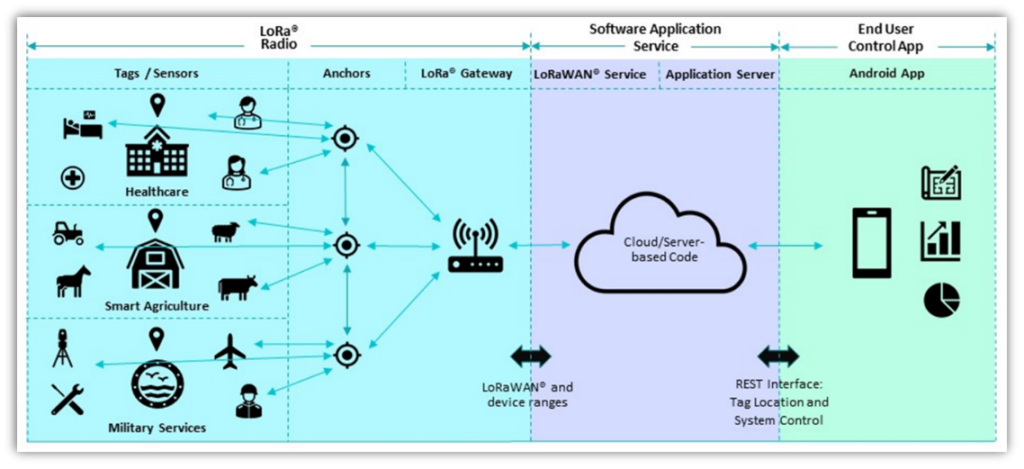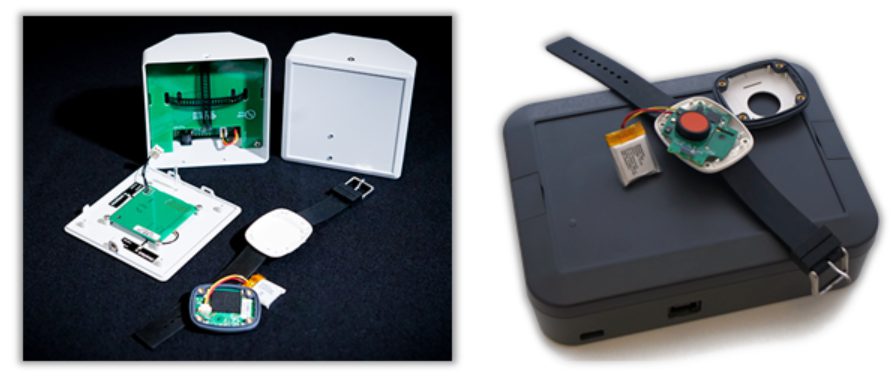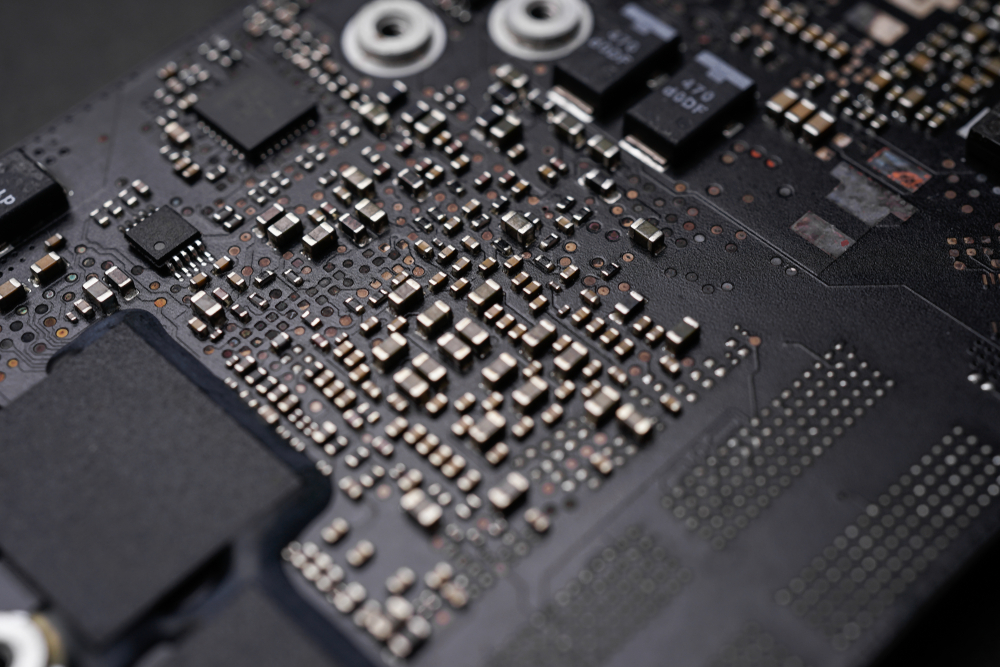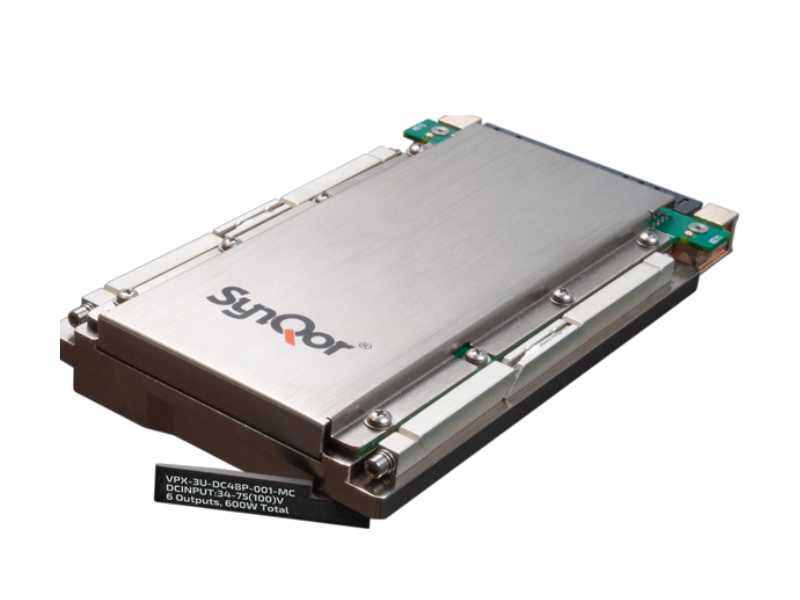Digital Transformation is helping to improve efficiency, productivity and safety within medical environments, as well as tackling some of the biggest challenges like infrastructure efficiency, energy management and natural resource reduction.
Within the digital transformation toolbox, asset tracking is gaining traction, with Gartner suggesting that 65% of enterprises will require indoor location asset tracking of both people and equipment to assist in operational decisions, by 2023.
SALUS – The asset tracking solution from Astute Electronics
Previous asset tracking solutions failed to deliver key market drivers: cost, power, accuracy and flexibility, especially in indoor environments. SALUS is a technologically ground-breaking solution suitable for any industry, where it’s imperative to monitor equipment, devices and even people across a wide area to understand their behaviour in real time.
What is SALUS?
SALUS stands for ‘Serviceable Asset Location & Utilisation System’ which in everyday terms means it can track and report on the location, status and condition of assets both indoors and outdoors on the same network. Since its wireless signals pass quickly and securely across great distances, there’s the possibility to track assets across a very large site covering different zones and buildings.
How does the technology work?
SALUS monitors the location of devices (tags) in a radio network defined by fixed positioning anchors. When each tag moves through the radio network, its distance to each anchor is measured. By triangulating measurements from three anchors, it is possible to determine the tag location in space. All the devices are robust and low power, requiring very little maintenance or installation overheads.

Figure 1: SALUS System Overview

Figure 2. Wearable tag (other forms are available) and anchors Figure 3. Tag and gateway
Measurable efficiency benefits in medical environments
SALUS can be customised for any environment to deliver significant operational and productivity benefits as well as potentially lifesaving help in emergency situations.
Take a medical environment for instance, where more than one-third of nurses spend at least an hour searching for items of equipment during an average hospital shift according to a survey by Nursing Times. That’s 40 hours per month and £900m of NHS wages a year spent hunting for missing pumps, drip stands, thermometers, mattresses and drug cupboard keys!
Not only are time resources wasted looking for equipment that could be tracked, but estimates indicate that hospitals will purchase between 10% to 20% more portable equipment than is required for operational needs. A survey of 1,000 nurses discovered that on average an hour is spent helping other wards locate items with 16% of cases resulting in failure to find the equipment.
In care homes, asset tracking can be deployed for real-time location of dementia sufferers: 80% of people living in care homes have dementia. There is a 20% risk of death if people with dementia get lost and they are not found within 12hrs, which increases to 50% if the delay goes beyond 24hrs.
Other benefits in addition to rapid asset location:
● Extending the life of assets: Asset managers know the importance of keeping an asset in the running condition. When you know what’s going on with an asset you can make a reasonable decision to reduce costs and extend the life of an asset.
● Maintenance expenses: Over maintenance not only wastes money but can also decrease the lifespan of an asset; under-maintenance can prompt diminished efficiency. Asset tracking can help the organisation make predictive maintenance decisions when assets show the very early signs of underperformance.
Watch the video or book a demo here






